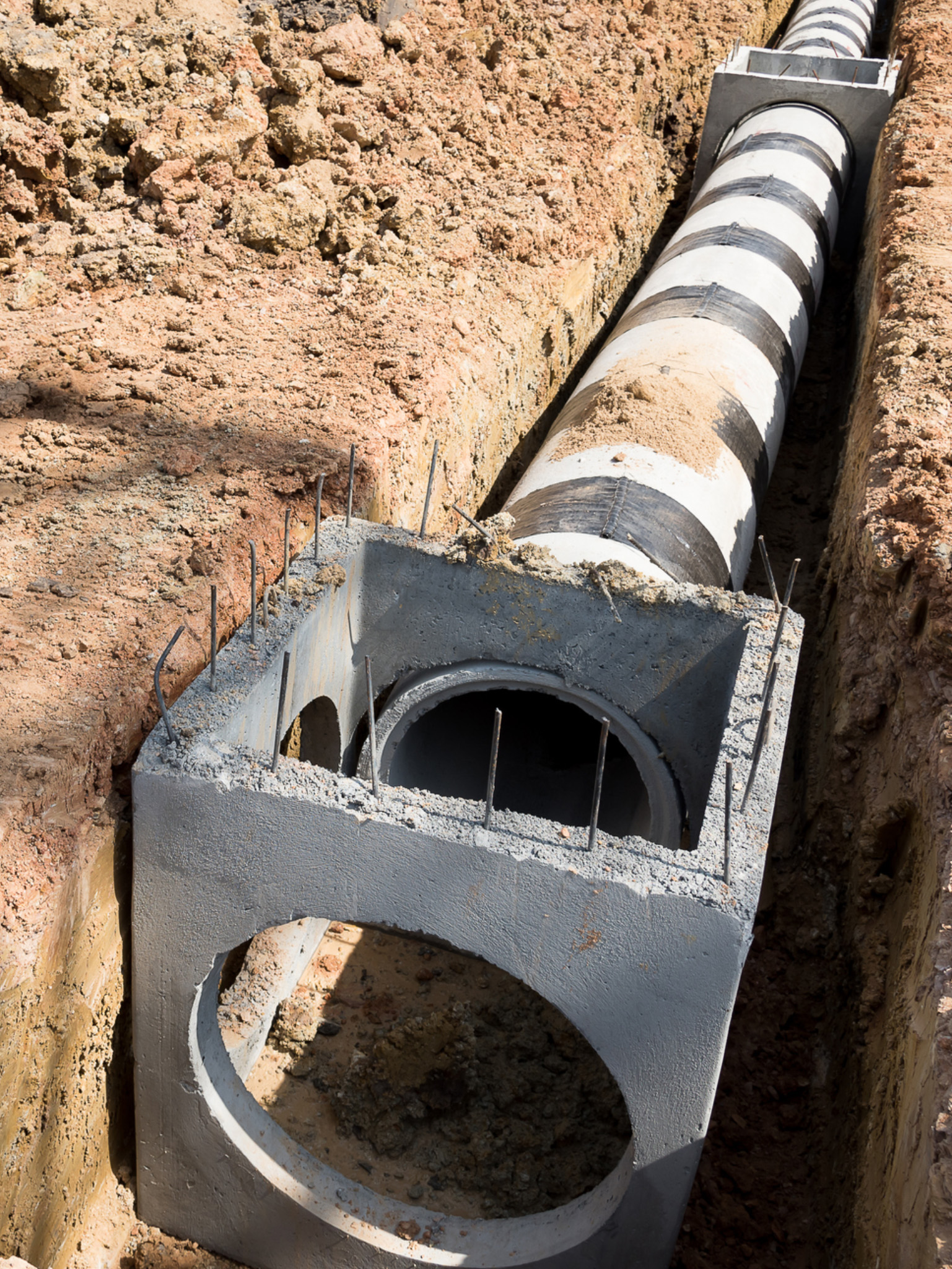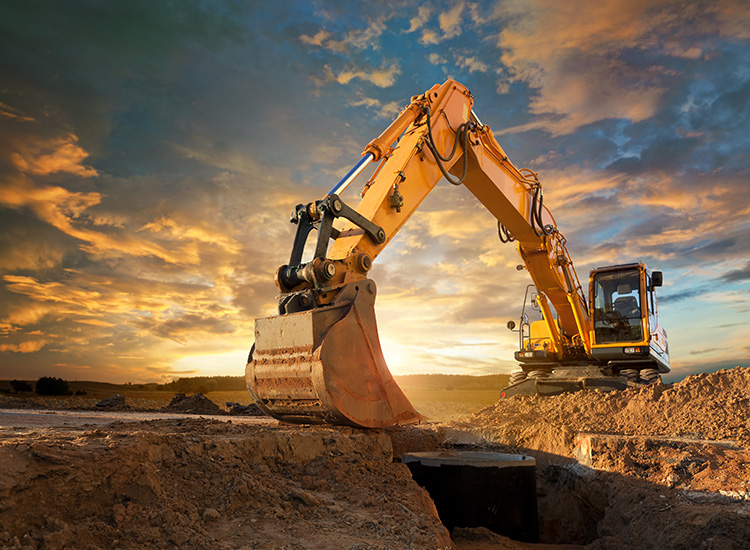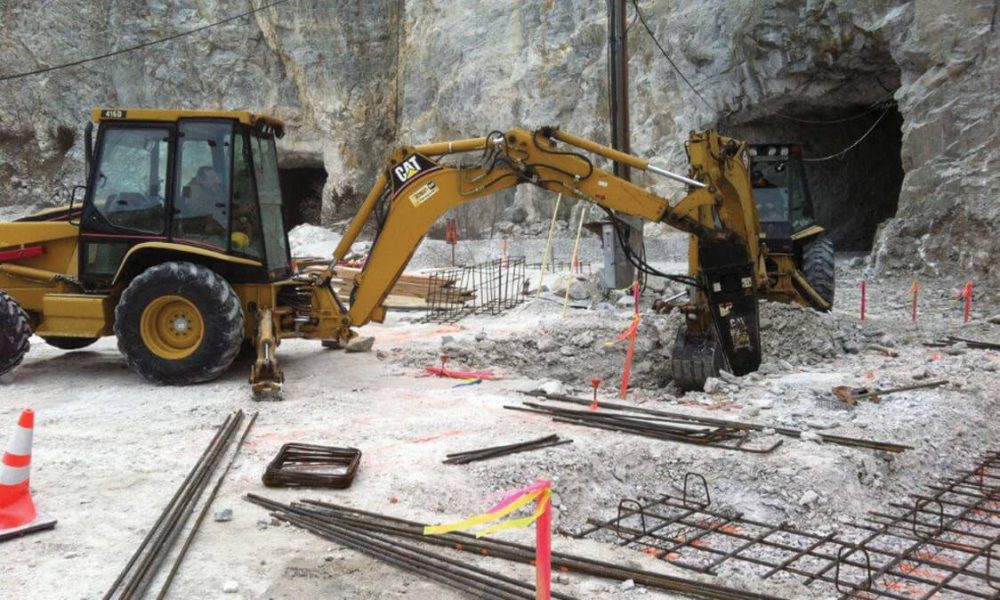Thorough Expedition: The Scientific Research Behind Superior Excavation Practices
From ancient hand tools to modern hydraulic excavators, the evolution of excavation techniques has actually been a testimony to human resourcefulness and technological developments. What truly establishes premium excavation methods apart is a deep understanding of geological principles, coupled with the utilization of cutting-edge devices and methods.
Advancement of Excavation Strategies
Throughout history, the evolution of excavation strategies has played an important role in progressing construction methods and historical explorations. From the simple devices used by our forefathers to the innovative machinery employed in contemporary times, the development of excavation techniques has substantially transformed just how we come close to various jobs.
In ancient times, manual work with fundamental devices such as pickaxes, wheelbarrows, and shovels was the primary approach of excavation. This labor-intensive process restricted the deepness and range of excavations, commonly resulting in slow development and limited access to specific websites. Nevertheless, as human beings advanced, so did the tools and strategies utilized for excavation.
The Industrial Revolution marked a transforming point in excavation exercise with the introduction of steam-powered machinery. This advancement changed the field, enabling faster and a lot more considerable excavations. In contemporary times, innovation plays a crucial role in excavation, with developments like general practitioner systems, drones, and 3D scanning boosting accuracy and efficiency in the field. The development of excavation strategies proceeds to form the way we build, explore, and understand the world around us.
Function of Modern Technology in Excavation

The assimilation of innovative innovation has fundamentally revolutionized the area of excavation, enhancing precision and efficiency to extraordinary degrees. One of the essential technological advancements that has significantly influenced excavation methods is the utilization of GPS systems. These systems enable precise mapping of excavation websites, making it possible for drivers to accurately situate underground utilities and frameworks. In addition, the use of telematics in excavation devices has enabled real-time surveillance of maker efficiency, leading to aggressive upkeep and raised operational efficiency.
Furthermore, the advent of 3D modeling and simulation software application has structured the preparation procedure for excavation projects. Drivers and designers can currently visualize the entire excavation process before breaking ground, enhancing and recognizing potential challenges process. Together with this, the execution of drones in excavation activities has helped with airborne studies, volumetric dimensions, and website inspections with unrivaled rate and precision.
Geological Concepts in Excavation
An understanding of geological principles is vital for making certain the architectural honesty and stability of excavation sites. Geological elements play a critical role in determining the feasibility and security of excavation jobs (lancaster excavation). One key geological principle to consider is the kind of soil or rock existing at the website. Various dirt kinds, such as sand, gravel, or clay, have differing degrees of stability and require various excavation strategies. Natural dirts like clay may require additional assistance to prevent collapses, while sandy dirts might be susceptible to erosion during excavation.
Additionally, the geological structure of the area, including mistakes, fractures, and rock developments, need to be carefully assessed to determine possible threats and difficulties. Excavating near geological fault or unsteady rock formations can bring about instability and prospective hazards. By performing detailed geological surveys and evaluation, engineers and excavators can create approaches to alleviate risks and make certain the successful conclusion of excavation projects. Inevitably, incorporating geological concepts right into excavation methods is critical for attaining safe, reliable, and sustainable outcomes.

Latest Tools for Excavation
In the world of excavation techniques, modern advancements in tools Homepage have changed the performance and accuracy of excavation processes. These drones can provide detailed airborne surveys of excavation websites, using real-time data on topography and possible dangers.
One more cutting-edge device getting popularity is the execution of 3D printing modern technology for producing custom excavation devices. This permits the production of specialized devices that are tailored to the specific demands of a project, raising efficiency and decreasing downtime.
Furthermore, innovations in materials scientific research have brought about the advancement of more powerful and much more durable excavation devices. lancaster excavation. Tungsten carbide-tipped excavator add-ons, for example, deal superior efficiency in tough ground conditions, enhancing performance on-site
Science's Effect on Excavation Practices

In addition, improvements in materials scientific research have resulted in the production of more powerful, much more resilient excavation tools and tools. The usage of composite materials in shovels and miners has actually enhanced their efficiency and durability, inevitably boosting productivity on excavation websites. Furthermore, clinical research study on dirt mechanics and geotechnical design has supplied important insights into dirt behavior, enabling excavation specialists to make educated choices regarding excavation approaches and additional reading soil stablizing strategies. Generally, scientific research remains to drive technology and improvement in excavation practices, making excavation jobs more efficient, economical, and sustainable.

Verdict
Finally, the advancement of excavation techniques has been greatly affected by innovations in modern technology and a deeper understanding of geological principles. The most up to date devices and devices used in excavation have actually enhanced effectiveness and precision in the area. The application of scientific knowledge has actually substantially enhanced excavation techniques, leading to more sustainable browse around this web-site and reliable techniques for digging deep into different kinds of materials.
In the world of excavation techniques, modern technologies in devices have actually changed the performance and accuracy of excavation processes. By leveraging scientific concepts, the excavation sector has actually been able to substantially enhance effectiveness, precision, and safety and security in excavation procedures. GPR enables excavation teams to non-invasively check and map subsurface frameworks, utilities, and potential hazards, allowing them to prepare excavation tasks with higher precision and reduced threat of mishaps.
Furthermore, clinical study on soil mechanics and geotechnical design has given important understandings into soil actions, permitting excavation experts to make informed choices concerning excavation methods and dirt stabilization strategies. Generally, science proceeds to drive development and renovation in excavation methods, making excavation projects extra effective, cost-effective, and sustainable.